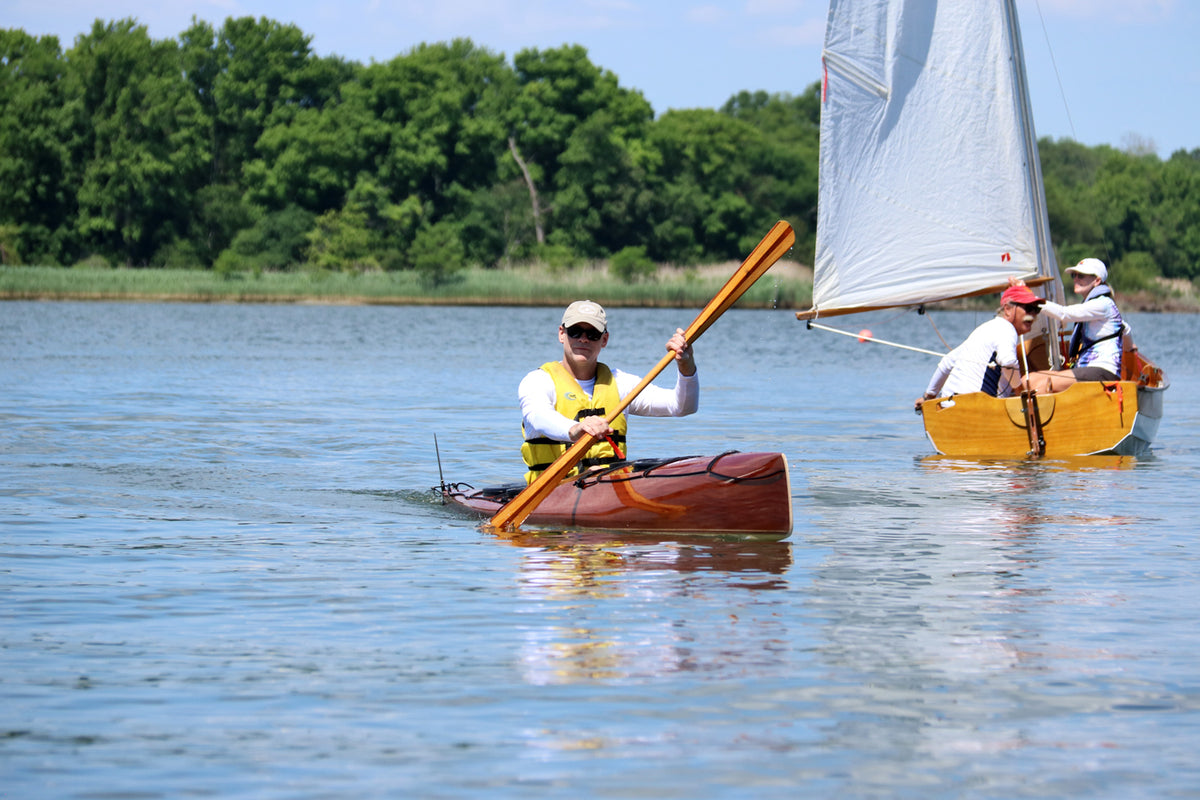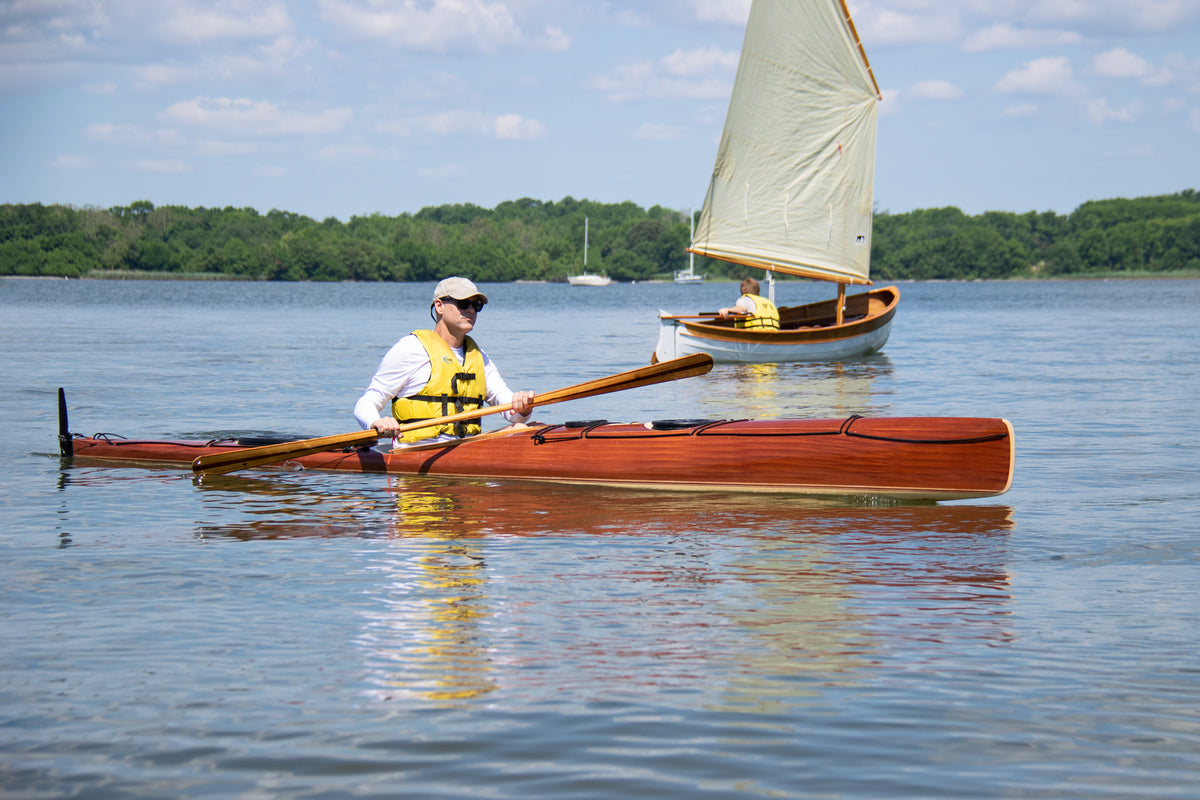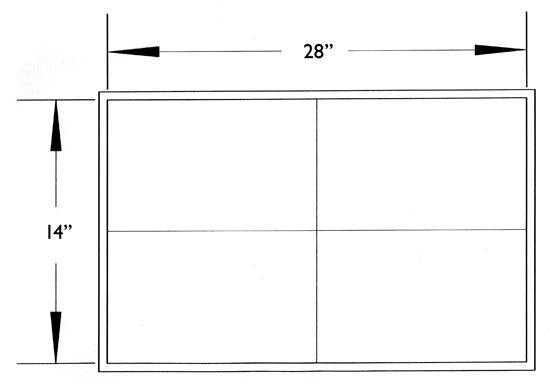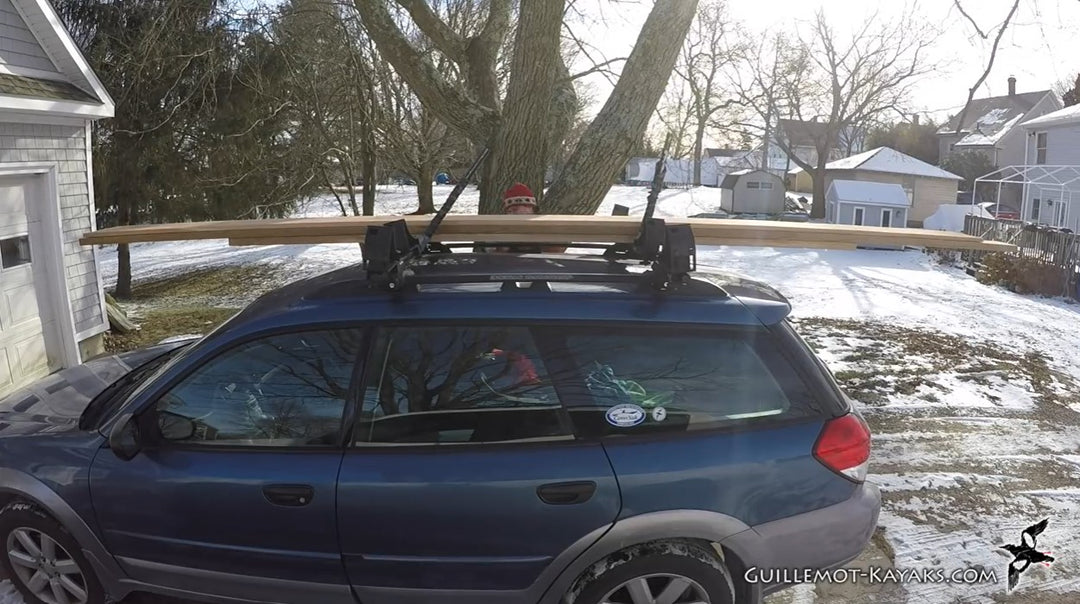Specifications
Performance
Stability
Speed
Cockpit Room
Payload
Ease of Construction

Overview
In 1924, George Crouch designed a ground-breaking speedboat named BABY BOOTLEGGER. She was an innovation at the time, introducing the “rolled sheer” where the deck blends smoothly into the side. With the long, streamlined stern, it was the prototype of the mahogany runabouts that became popular in the 1920's. While this may be an unexpected starting point for a kayak, the graceful, efficient shape struck Nick Schade's fancy.
In the 1880's J. Henry Rushton was at the forefront of an explosion in the popularity of canoeing. His canoes were not what we currently think of as a "canoe," instead, they were generally a boat where the paddler sat down in the bottom of the boat and used a paddle with blades at both ends. Often his boats had long decks fore-and-aft of the cockpit where the paddler sat. In other words, what many people might think of as a kayak, are typically called "double paddle canoes".
Nick combined the idea of a Rushton-style double paddle canoe and the great looking shape of the the Baby Bootlegger, to develop his microBootlegger, as a roomy, efficient tandem kayak for cruising a lake or exploring a bay. While more sedate than her namesake, she moves easily through the water and, should a gale blow in, she will handle rough water with aplomb.
Drawn up with a long cockpit big enough for two, it may also be paddled solo. For the more adventurous, it could also be rigged up with a rudder, lee boards, or a small sail much like the Rushton canoes were.
Nick also designed the Solo MicroBootlegger to accommodate a single paddler. With its 14' length 26" beam, and at 33 lbs, the Solo offers more speed than the typical recreational kayak.
And finally, he created a more sporty version, which he calls the MicroBootlegger Sport, which is 15'6" in length with a 22" beam.
Do you fit in this kayak? Study our kayak fit chart.
Our strip-built and hybrid kits ship with 50% Western Red and 50% Alaskan Yellow cedar bead & cove strips. Photos on our website and printed materials may show patterns and accent strips with walnut or other materials. Optional walnut strips are available and can be shipped with kit orders
Main Gallery
Line Drawings
Videos
Frequently Asked Questions
Take One of our Boatbuilding Classes
We offer classes for many of the boats we sell. Teaching sites stretch from Maryland to Washington State and from Maine to California. Click here to find out more.
View ClassesNeed Help Building it?
We’re here to help with any questions you might have during the build process.


















